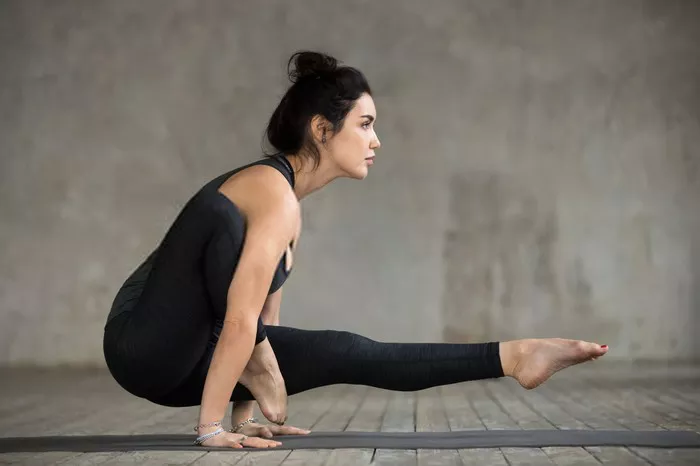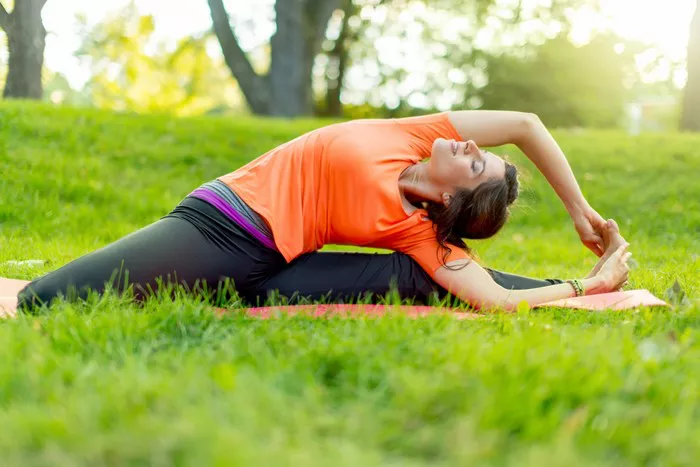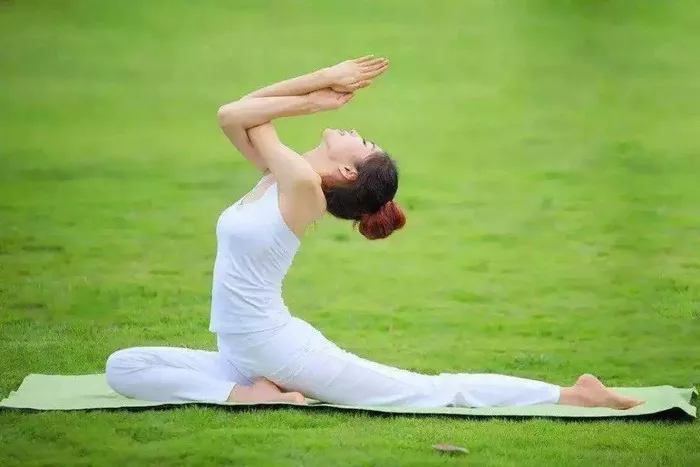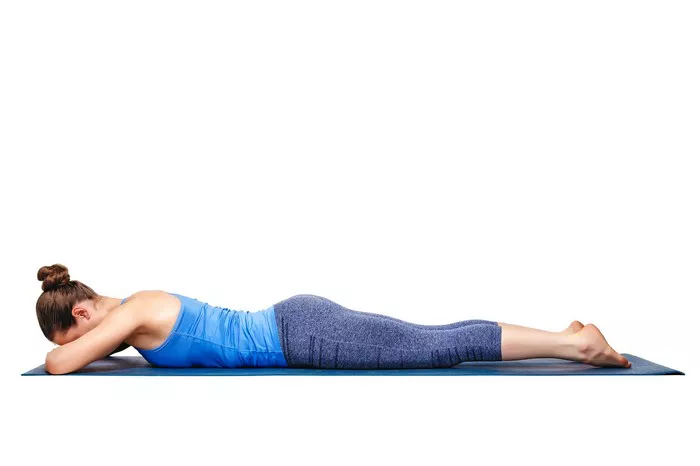Yoga, an ancient practice originating from the Indian subcontinent, encompasses a vast array of poses that not only promote physical health but also delve into the realms of spiritual and mental well-being. Among these poses, the Elephant Pose stands as a testament to the harmony between strength and grace. In this article, we embark on a journey to uncover the intricacies of this majestic posture, from its origins and symbolism to its physical and mental benefits, variations and modifications, step-by-step instructions, as well as precautions and contraindications.
Origins and Symbolism
The origins of the Elephant Pose can be traced back to the rich tapestry of yoga history, where animals have often served as inspiration for various postures. In Hindu mythology, the elephant holds a revered status, symbolizing strength, wisdom, and the ability to overcome obstacles. Known as Gajāsana in Sanskrit, the Elephant Pose pays homage to the noble qualities embodied by this magnificent creature.
In yogic philosophy, each pose carries its own symbolism, offering practitioners a deeper connection to the universe and themselves. The Elephant Pose, with its grounded stance and uplifted trunk, symbolizes stability, resilience, and a willingness to explore the unknown. By emulating the grace and strength of the elephant, practitioners can tap into their own reservoirs of power and wisdom.
Physical and Mental Benefits
The Elephant Pose offers a myriad of physical and mental benefits, making it a valuable addition to any yoga practice. From enhancing flexibility and strength to promoting mental focus and emotional balance, this posture serves as a holistic tool for well-being.
Physically, the Elephant Pose stretches the muscles of the legs, hips, and spine, improving flexibility and relieving tension accumulated from daily activities. The gentle backbend inherent in the posture helps open the chest and lungs, enhancing respiratory function and increasing circulation throughout the body. Additionally, the engagement of the core muscles cultivates stability and balance, fostering a sense of grounding and poise.
On a mental level, practicing the Elephant Pose encourages mindfulness and presence, as individuals learn to synchronize breath with movement. This mindful awareness can help alleviate stress and anxiety, promoting a sense of calm and equanimity. Moreover, the symbolism associated with the pose serves as a source of inspiration, empowering practitioners to navigate life’s challenges with grace and resilience.
Variations and Modifications
As with any yoga pose, the Elephant Pose offers variations and modifications to accommodate practitioners of all levels and physical abilities. These variations allow individuals to tailor the pose to their unique needs and limitations, ensuring a safe and enjoyable practice.
For beginners or those with limited flexibility, a modified version of the Elephant Pose can be practiced with the hands placed on blocks or a chair for support. This variation reduces the intensity of the stretch while still providing the benefits of the posture. Conversely, advanced practitioners can deepen the pose by extending the raised leg further back or by interlacing the fingers behind the back to open the shoulders more deeply.
Additionally, props such as yoga straps or blankets can be utilized to facilitate a deeper stretch or provide additional support as needed. By exploring these variations and modifications, practitioners can find the version of the Elephant Pose that best suits their body and goals.
Step-by-Step Instructions
- Begin in a standing position at the top of your yoga mat, with your feet hip-width apart and arms relaxed at your sides.
- Take a few deep breaths to center yourself, allowing your awareness to settle into the present moment.
- Shift your weight onto your left foot and ground down through the sole, feeling a sense of stability and support.
- On an inhalation, slowly raise your right knee towards your chest, keeping the foot flexed and the thigh parallel to the floor.
- As you exhale, extend your right leg straight back behind you, pointing the toes and lifting the heel towards the ceiling.
- Simultaneously, hinge forward at the hips, keeping the spine long and the chest open as you reach the fingertips towards the floor.
- Engage the core muscles to maintain stability and balance, avoiding overarching the lower back or collapsing the chest.
- Continue to breathe deeply and evenly, allowing the breath to guide you deeper into the pose with each exhalation.
- To enhance the stretch, you can gently lift the extended leg higher or tilt the torso slightly forward, maintaining a steady gaze to help with balance.
- Hold the pose for 5-10 breaths, or as long as feels comfortable, then slowly release and return to standing.
- Repeat on the opposite side, grounding down through the right foot and lifting the left leg to complete the posture.
Precautions and Contraindications
While the Elephant Pose offers numerous benefits, it is important to practice with caution and mindfulness, especially if you have any pre-existing health conditions or injuries. Here are some precautions and contraindications to consider:
1. Avoid practicing the Elephant Pose if you have any recent or chronic injuries to the knees, hips, or lower back, as the posture places pressure on these areas.
2. If you have high blood pressure or heart problems, consult with a healthcare professional before attempting this pose, as the inversion may affect blood circulation.
3. Pregnant individuals should avoid deep backbends and inversions, making modifications or choosing alternative poses that are safe for pregnancy.
4. Those with balance issues or dizziness should practice near a wall or with the support of a chair to prevent falls.
5. Listen to your body and honor its limitations, avoiding any movements or sensations that feel uncomfortable or painful.
Conclusion
By approaching the Elephant Pose with mindfulness, respect, and awareness of your body’s needs, you can unlock its full potential to cultivate strength, flexibility, and inner wisdom. As you journey deeper into the practice, may you embody the grace and power of the noble elephant, traversing life’s obstacles with courage and resilience.
FAQs:
Why is the butterfly pose good?
The butterfly pose, also known as Baddha Konasana, is beneficial for stretching the inner thighs, groins, and knees. It helps improve flexibility in these areas and can also stimulate the abdominal organs, aiding in digestion and relieving discomfort. Additionally, this pose can be therapeutic for menstrual discomfort and can promote relaxation and a sense of calm by opening the hips and releasing tension stored in the pelvic region.
What are the benefits of the flamingo pose?
The flamingo pose, also known as Utthita Hasta Padangusthasana, offers several benefits for the body and mind. It strengthens the legs, ankles, and core muscles, enhancing balance and stability. This pose also improves hip flexibility and mobility, as well as stretches the hamstrings and calves. Mentally, practicing the flamingo pose can cultivate focus, concentration, and mindfulness, as it requires steady breath and attention to alignment. Additionally, it can help develop a sense of poise and gracefulness, both on and off the yoga mat.


















